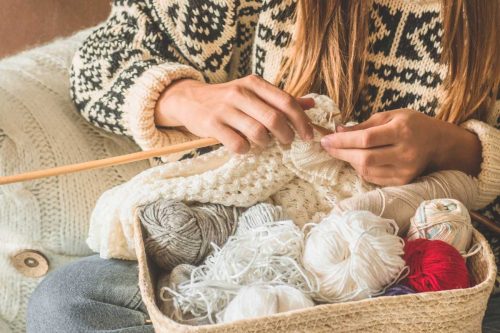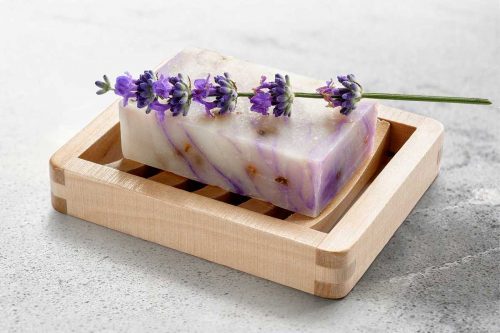Sewing is an ancient craft that is used all over the world. You can use this craft for decorative items, repairs, and creation. When it comes to a sewing project, you have endless styles of fabrics and thread colors to choose from. Different colors and unique patterns will help you produce your desired outcome. You may be wondering which color of thread you should use to bring your fabric together. We have done the research to give you a breakdown on thread color and if your thread should be lighter or darker than your fabric.
If you can't find the exact color match between your fabric and thread, you'll need to decide which thread to use. Your sewing thread should be darker than the fabric. The darker thread will blend in with your fabric more easily versus lighter colors that will stick out.
You should always go with the darker thread when given the option, and some colors will go better together than others. Read on as we discuss how you should choose a sewing thread and give you insights on how to match your sewing thread to fabric.
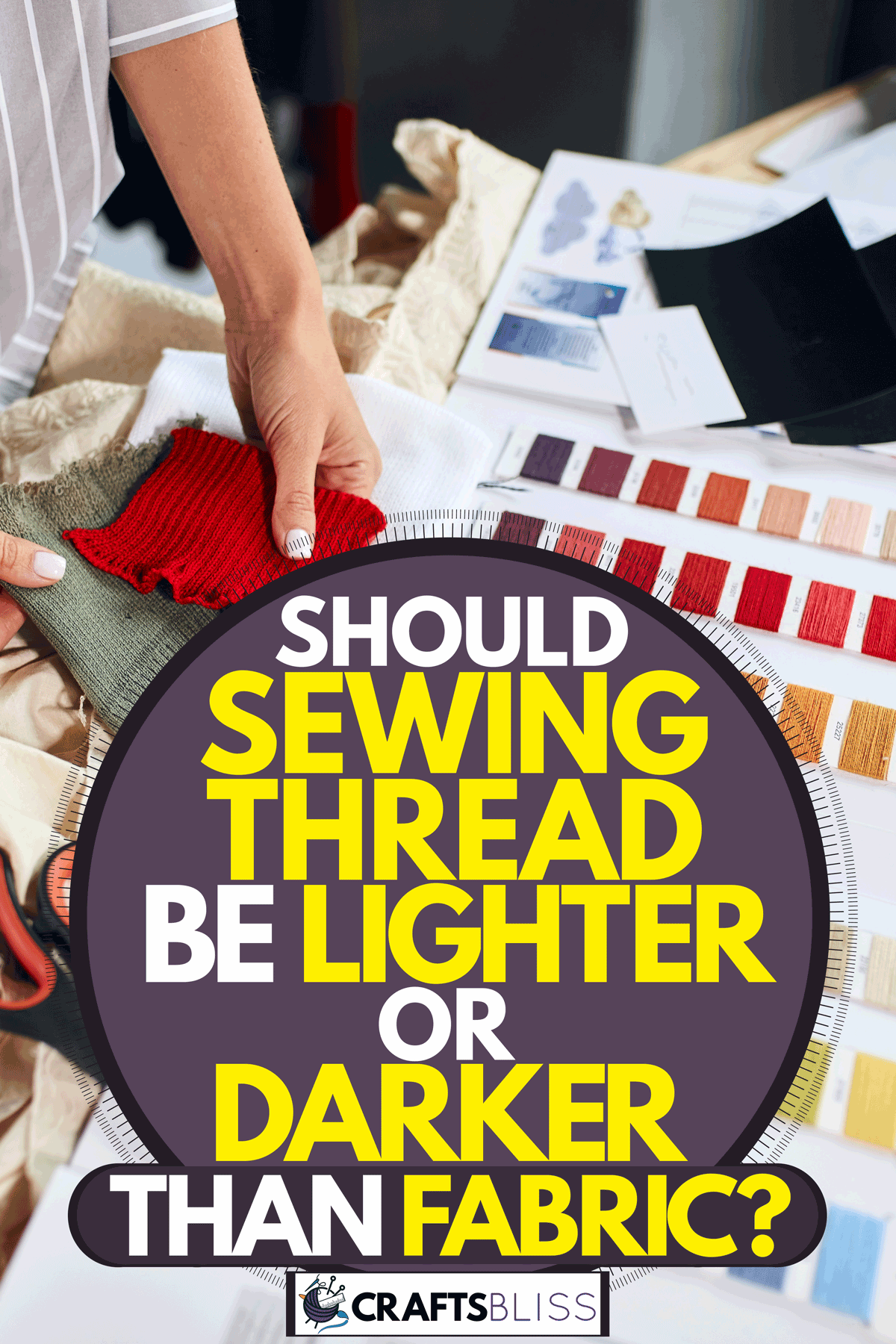
Lighter Vs. Darker Thread
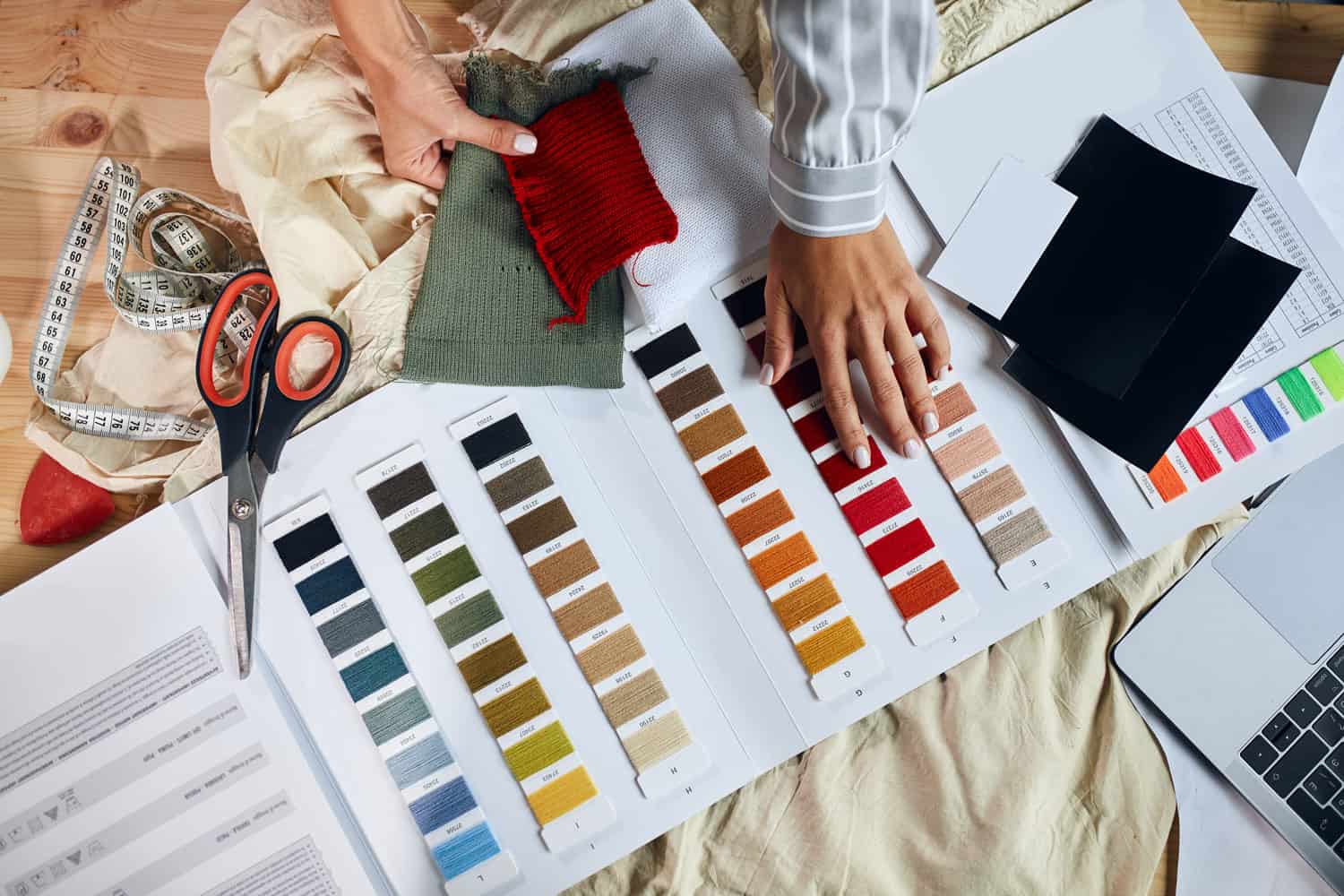
When picking a sewing thread, you will be looking for the closest match to your fabric color. You may find two colors of thread that almost match. Go with the darker color option in this situation. The darker thread will more easily blend into the seam. Our lighter threads tend to stick out and give off a not so clean look.
Maybe you are working with a patterned fabric having multiple colors. The best option is to base your thread on the background color. You will still follow the darker thread guideline.
How Do You Choose A Sewing Thread?
There will be a few considerations when choosing a sewing thread. You will want to start your decision process by looking at what type of project you are undertaking. Are you completing an embroidery project, repairing an old pair of jeans, or sewing up a dress? Different projects will require specific quality and types of sewing thread.
Material
Once you have your project in mind and your fabric picked out, it is time to start looking for your thread. The material you choose for your sewing thread should match the fabric material you are working with. For example, if you are working with cotton fabric, you will want to use a cotton sewing thread. The main types of sewing fabric materials include:
- Cotton
- Nylon
- Polyester
- Wool
- Bobbin threads
- Metallic
- Silk
- Designer or mixed threads
Quality
With your color and material picked out, you can start looking at what quality of thread you will need for your project. If you are using a thicker fabric, you will need a more sturdy type of thread. With thinner fabrics, a thick thread may be too strong and can result in the fabric ripping. Different types of thread quality include:
- All-purpose
- Invisible thread
- Heavy-duty
- Machine threads
Watch the video below for a visual representation of the different types of sewing thread.
Read more on our blog post, "How Much Sewing Thread Do You Need For A Project? [Here's How To Tell]."
How Do You Match Fabric Colors?
You can match fabric colors by look or by utilizing a color wheel. Either way, you should always start by choosing your main fabric. Your main fabric will be the color or pattern you love the most, and your other fabric choices will be based on this.
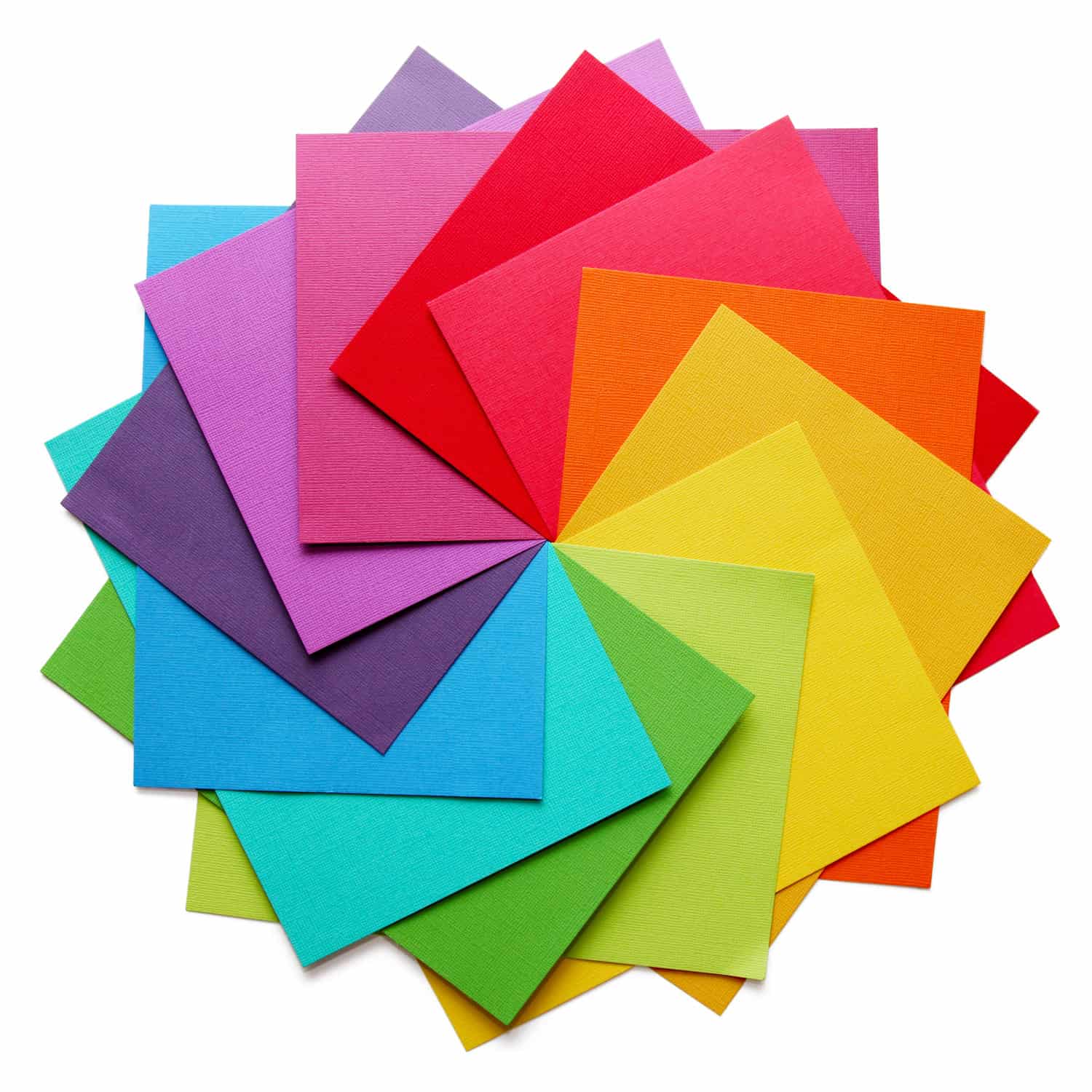
If you are sewing with just one fabric, a primary color like red, yellow, or blue is a great choice. To go for the strongest contrast, use your color wheel to find complementary colors. Find the main fabric color on your wheel, then find the complementary color by looking on the opposite side of the wheel.

If you are looking for a more harmonious combination of fabric colors, you should use analogous colors. To find your analogous color match, you locate the main color on your wheel and look at the color directly to the right or left.
Take a look at this video for insight into fabric matching.
How Do You Match Sewing Thread To Fabric?
Your sewing thread should be the color closest to the color of your fabric. You can find your perfect match by holding pieces of thread up to the fabric you will be working with. The thread should almost disappear against your fabric; this is how you know it is the best choice.
With some fabrics, it may be difficult to use this method. In these cases, try pulling a thread from the cut edge of your fabric. You can lay this thread over the spool.
If you are working with fabric that has a pattern, match your sewing thread to the background for the best results. In the case you can't find the perfect match, go one shade darker for your thread choice.
What Sewing Thread Colors Go Well Together?
There are endless color schemes to go through when it comes to choosing thread colors that go well together. You can utilize your color wheel, just like when you matched fabric colors. Your color wheel will help you find complementary and analogous color schemes.

Another option is to research preset color schemes. These set colors will give you some great ideas to create a unique and aesthetically pleasing outcome with your sewing project. Some examples of these color combinations include:
- Cozy: Classic Red, Navy, Sage, Champagne
- Spice: Burgundy, Ivory, Ash, Sage
- Frozen: Navy, Green, Ivory, Gold, Ivory
- Posh: Gold, Champagne, Black
These are just a few examples of color combinations. If none of these stick out to you, do not worry; there are endless color schemes to play around with. You will certainly come across the perfect one for your project.
What Color Should The Thread On The Bobbin Be?
The thread on the bobbin can be the same as the color as the thread on the top spool if the fabrics you are sewing together are the same, or you will never see the underside of your fabric. If you are sewing together different fabrics, you will want the thread to match the fabric color on each side.

If you want the bobbin thread to match the fabric's color making up the underside of your project, you may need to use a different thread than what is placed on your top spool. Use the appropriate method to match the best thread color to your fabric. It is important to note the thread you see on the fabric facing you is coming from the top spool, and the stitching underneath is coming from the bobbin.
Read more on our blog post, "How Does The Bobbin Thread Work In A Sewing Machine?"
Time To Choose Your Thread
No matter the type of sewing project you are taking on, you will need to go through this process of picking out the fabrics and threads that blend. Taking your time and being thorough when choosing your materials is worth it. You will be left with a clean, beautifully sewn item. Perfect for gifting a friend or for adding some style to your home or wardrobe. We hope you found this article helpful in helping you match the perfect thread colors to your fabrics. Happy sewing!
Keep reading our blog post, "Is Sewing By Hand Better Than By Machine?"


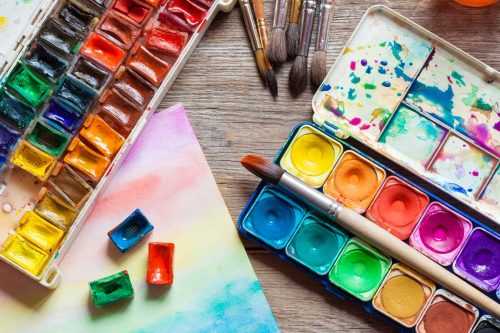
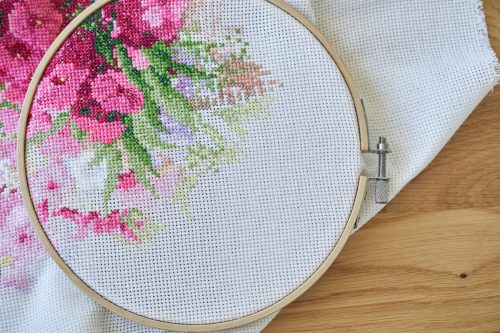
![Read more about the article Does Glue Go Bad? [By Type Of Glue]](https://craftsbliss.com/wp-content/uploads/2022/05/White-glue-container-on-a-blue-table-500x333.jpg)
